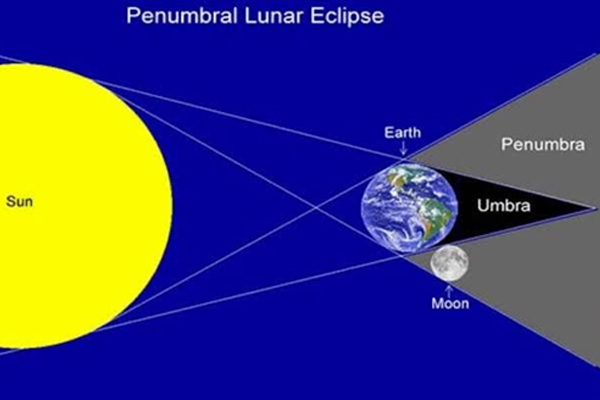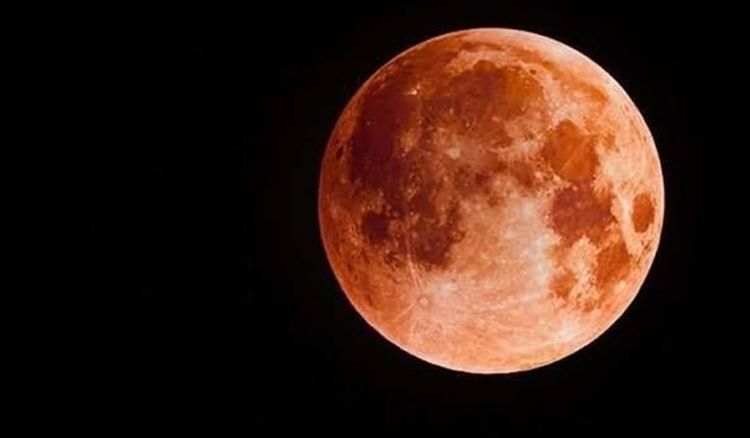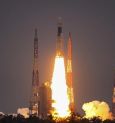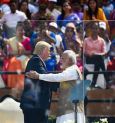The first Lunar eclipse of this decade is going to take place on Friday, January 10th. Following the recent solar eclipse on December 26 last year, this lunar eclipse is going to be the first of this year. This lunar eclipse is going to be a penumbral lunar eclipse and will be visible from countries across Asia, Africa, Australia and Europe. India too will be able to observe the lunar eclipse from 10.37 pm on Friday, January 10 to 02.42 am on Saturday, January 11. The penumbral lunar eclipse will last for a little more than four hours. At around 12.41am on January 11th, about 90 per cent of the moon will be covered by the partial shadow region of the Earth and will be the most interesting part of this lunar eclipse. According to the experts, this lunar eclipse can be observed with naked eye without taking any special care. But what happens during a lunar eclipse? A lunar eclipse happens when the Earth comes between the Sun and the Moon and blocks some or all of the Sun's light from reaching the Moon. A penumbral lunar eclipse in particular occurs when the Sun, Earth, and the Moon are imperfectly aligned. When this happens, the Earth blocks some of the Sun's light from directly reaching the Moon's surface and covers all or part of the Moon with the outer part of its shadow, also known as the penumbra. Since the penumbra is much fainter than the dark core of the Earth's shadow, the umbra, a penumbral eclipse of the Moon is often difficult to distinguish from a normal full Moon. This year a series of penumbral lunar eclipses will be taking place on January 10, June 5, July 5 and November 30.

 বাংলায় পড়ুন
বাংলায় পড়ুন














